These $3000 headphones made me rethink what premium audio means in an AirPods Max world
They're how much!?
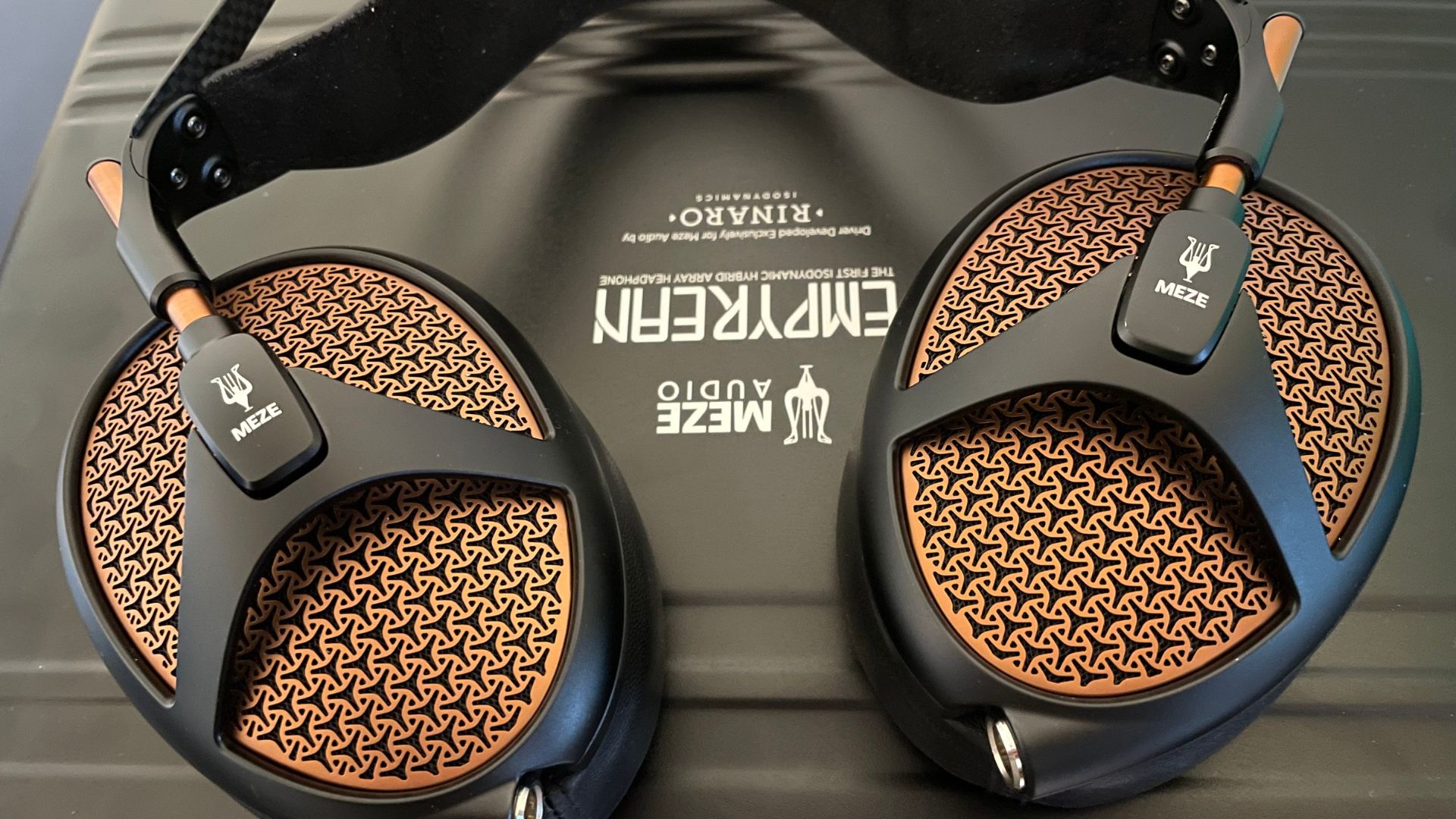
The AirPods Max are a stunning pair of headphones. They feel great, look phenomenal, and sound to my ears… just fine. They’re also very expensive, at $549.
The thing is, in the grand scheme of expensive headphones, the AirPods Max are nothing — a drop in the ocean of uber-pricey earpieces for the mega-rich and comparatively, dare we say it, affordable. Case in point — the Meze Empyreans, a truly spectacular pair of open-backed planar magnetic headphones that cost $3,000.
You read that right — $3,000. No mistyping, no accidental extra zeroes, just a very big price tag for a very big pair of headphones. I was curious — how much better than the AirPods Max are these Mezes, dollar-for-dollar? If we consider the idea of premium headphones to be a slider, how much extra audio performance do you get for the $2,450 extra over the AirPods Max? And how can that even be defined, given how subjective the music-listening experience is?
Where to begin
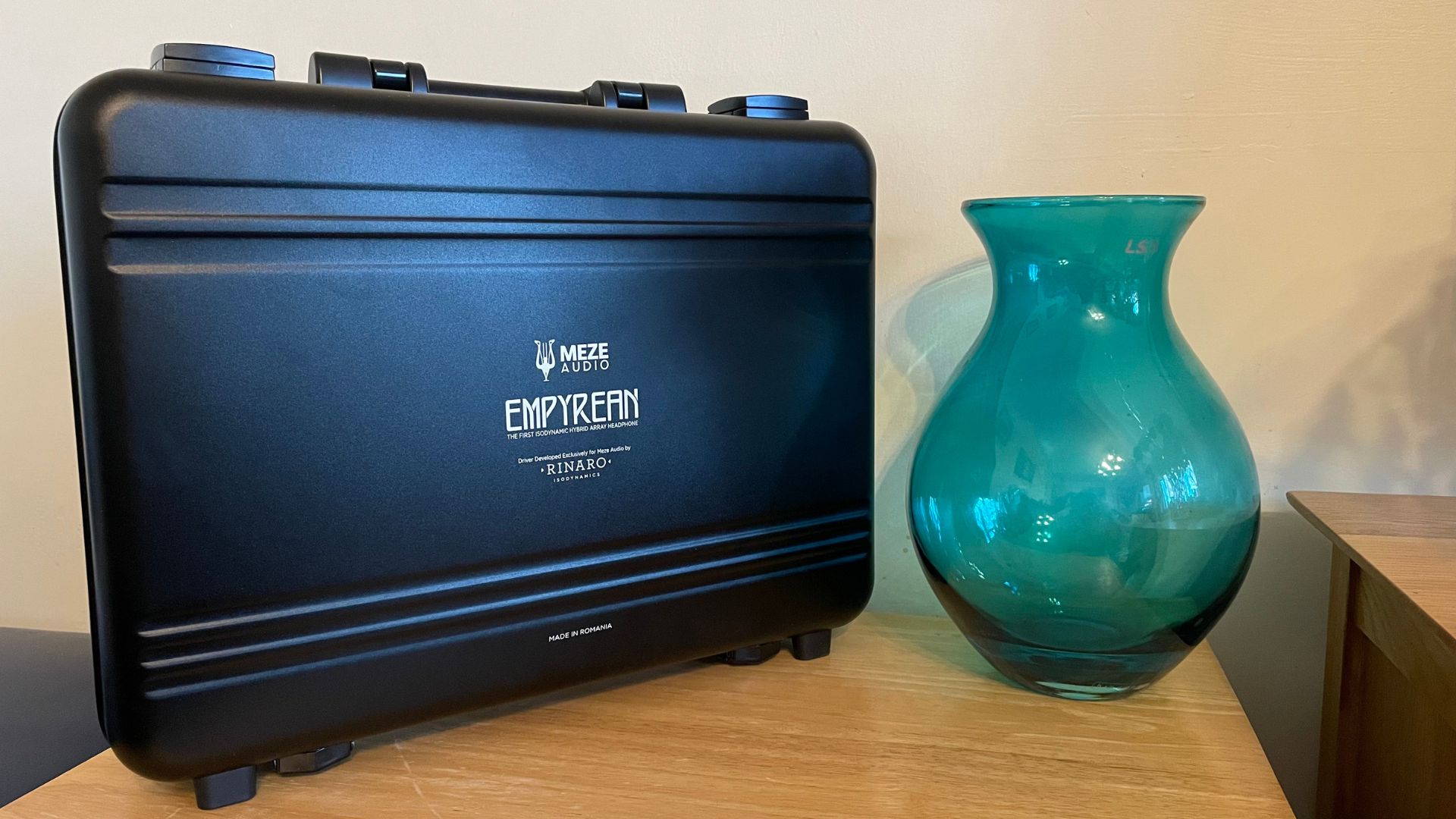
Let’s start exactly where I started when the Empyreans arrived at my door — the box. It’s a fully metal briefcase, that clicks open like you’re going to find some kind of military hardware inside. Instead, you find that the inside of the case is lined with thick, hard foam with the headphones and the accessories nestled within. A far cry from the weird, suede nappy thing that the AirPods Max come with.
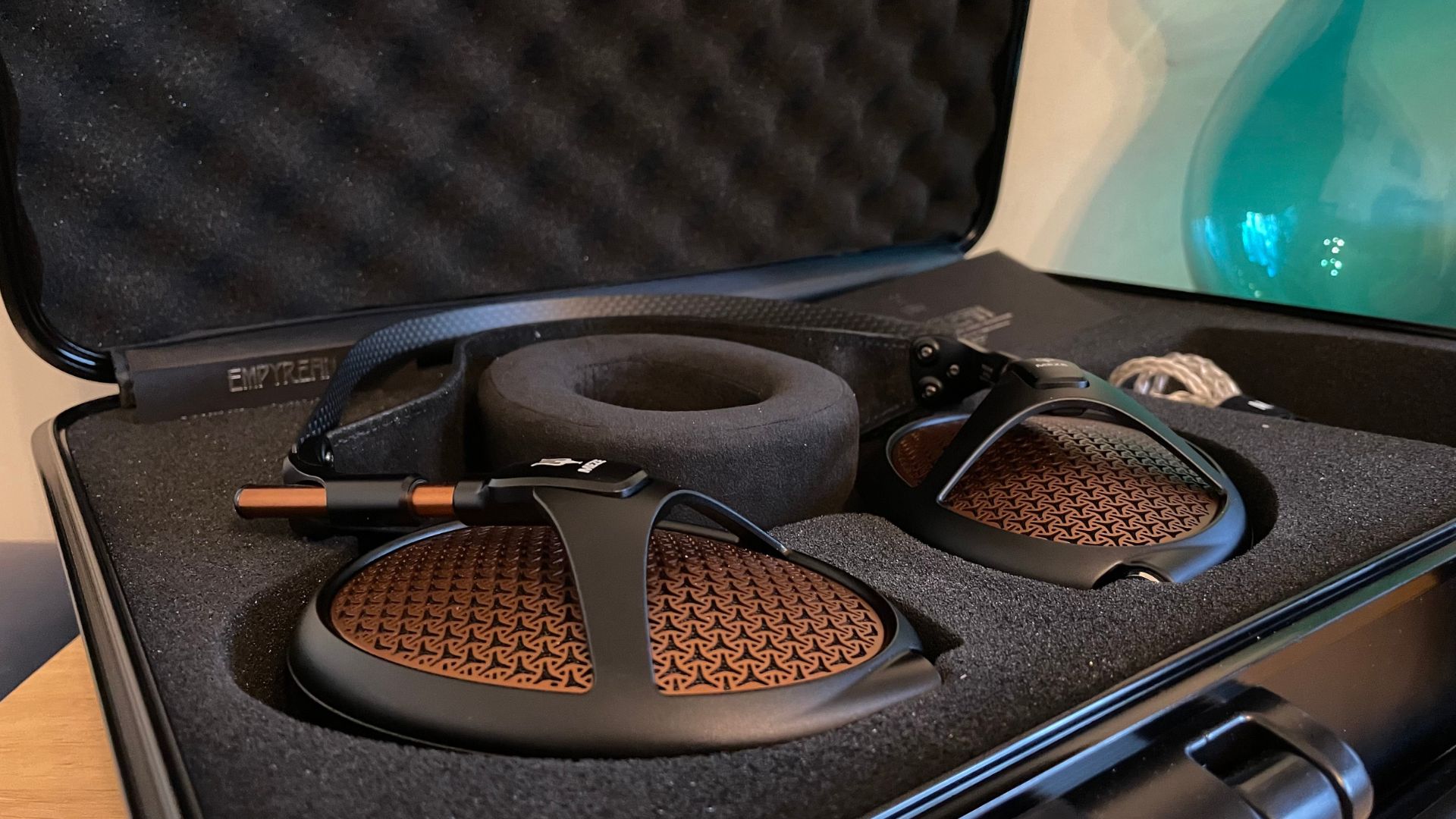
The headphones themselves have their own shaped slot, and they fit perfectly within. Take them out of the box and try not to be impressed. Seriously, these things are monsters. The earcups themselves feature leather-covered earpads that are super soft, the foam within having fantastic give and memory. They’re not too soft, and there’s still some firmness so they don’t instantly deform when you put them on. The driver portions of the cups are covered with a black mesh, the bronze-colored planar magnetic drivers behind peeking through.
On the outside, there’s metal absolutely everywhere. The cups are metal, with a coldness to the touch that only comes with premium materials. The open part of the open-back headphones is a piece of milled metal with an incredible burnished gold finish, the pattern precise and perfect. The finish to the AirPods Max is good, with aluminum everywhere, but it's a very different, minimal approach compared to the detail of the Empyreans.
The first part you’ll notice is the massive leather panel that spans the gap between the two earcups. It’s top quality, supple and soft.
Move up to the headband, and the first part you’ll notice is the massive leather panel that spans the gap between the two earcups. It’s top quality, supple and soft. The band that supports all this is carbon fiber and every bit as sturdy as it is impossibly thin and light. This connects to the ear cups with this ingenious system of smoothly moving metal cylinders in an aesthetically pleasing headphone scaffolding. It’s beautiful and makes them feel like art. It’s more comfortable for long periods than the AirPods as well. That weird mesh on Apple’s headset just doesn’t feel as good on your head as the leather strap on the Empyreans. That, and nothing compares to the carbon fiber of the Empyreans structural headband.
iMore offers spot-on advice and guidance from our team of experts, with decades of Apple device experience to lean on. Learn more with iMore!
Setting them up was easy, although if you don’t know that red-equals-right then it may take a quick Google to make sure you’re not doing it wrong: the ends of the supplied wires terminate in color-coded plugs, and they click satisfyingly into place in sockets on the bottom of the headphones. Then, it’s go time.
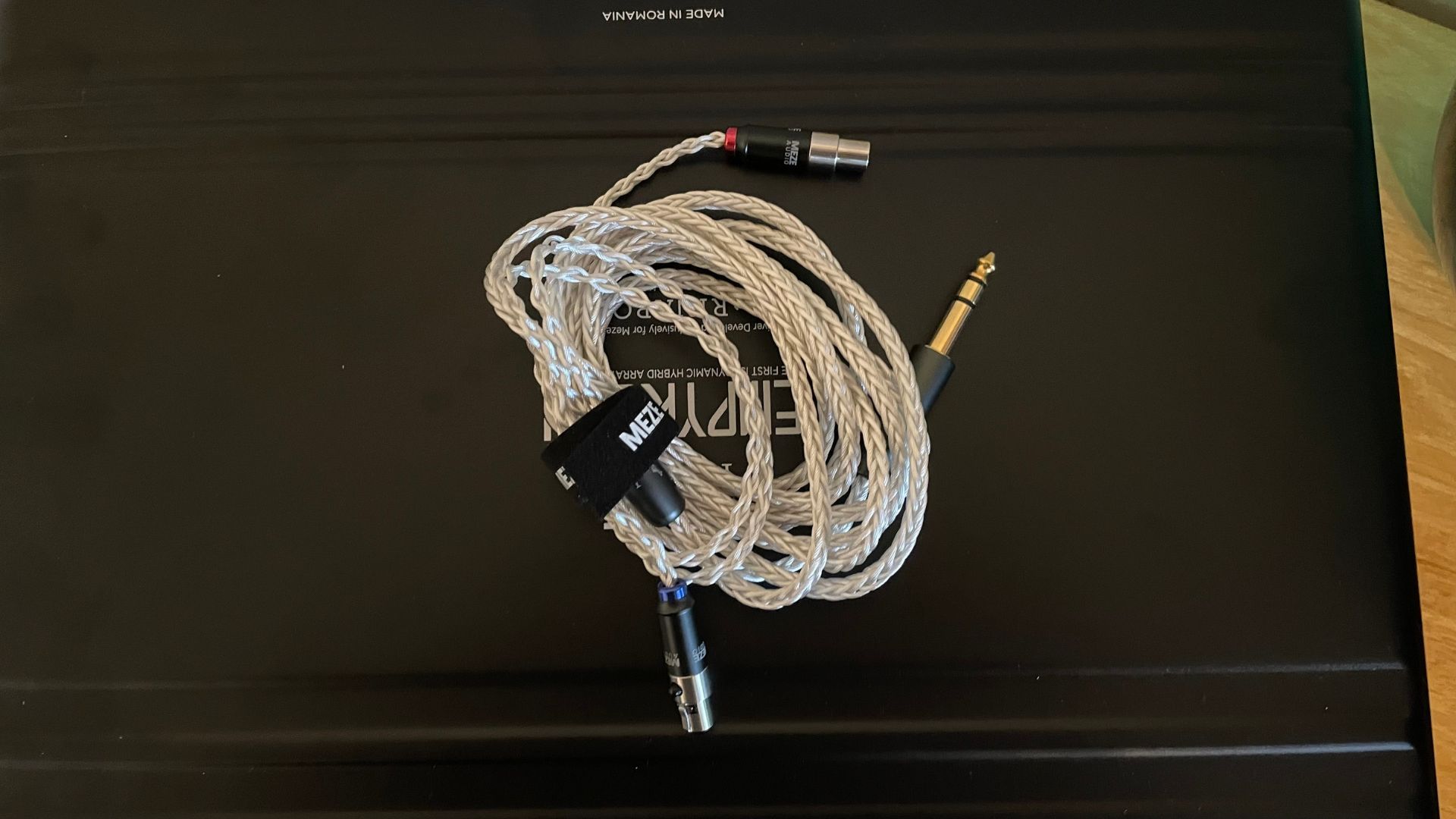
Like music to your ears
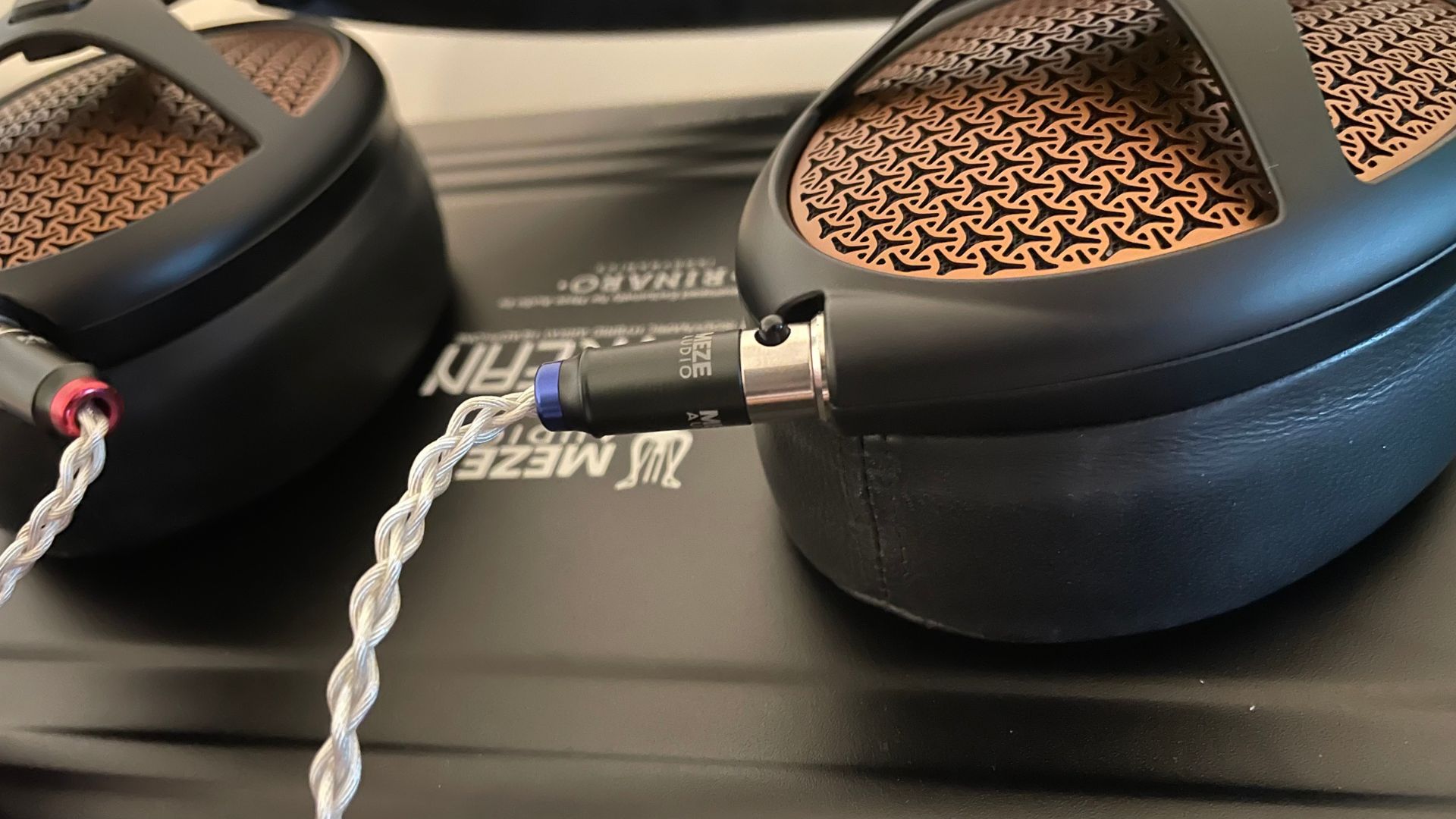
You can listen to these headphones with loads of different apps and streaming platforms, although I’ve chosen to give both the AirPods Max and the Empyreans the best chance they can at sounding amazing. Apple Music does feature Hi-res lossless playback, but it’s nothing compared to the ridiculous bitrates of Tidal Master. I’ll be using Tidal with both, but the Empyreans will be hooked up to an external DAC to make sure they’re being properly driven. The AirPods are being listened to with noise canceling on with the battery fully charged, in case that makes a difference. Plugging the AirPods in won’t make a difference to the sound quality due to the internal DAC, so they’ll be wireless for the whole time.
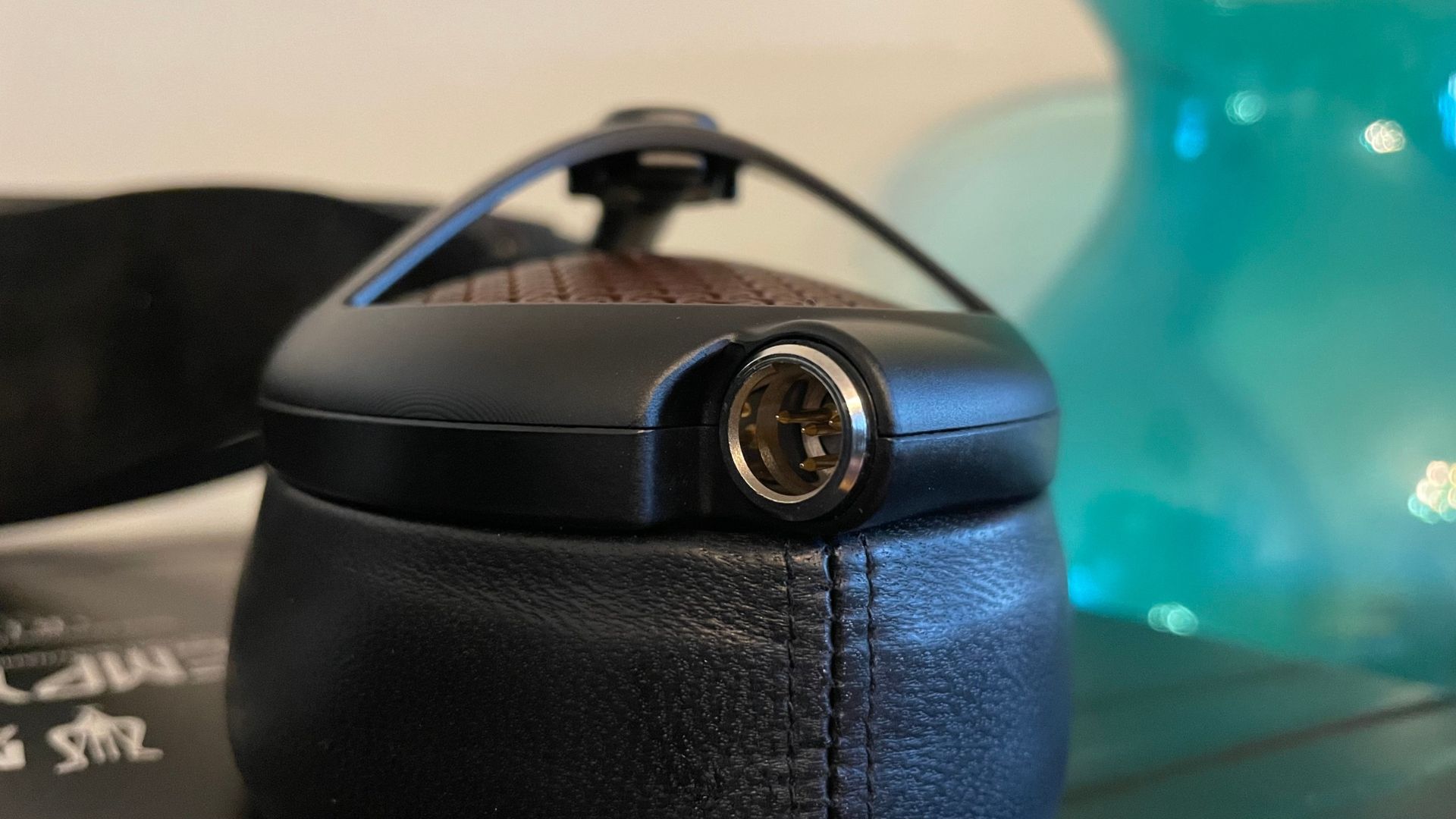
A little bit about the Empyreans first. These are open-backed headphones, with planar magnetic drivers. Open back means just that — the backs of the drivers are almost completely open, covered only with a thin mesh or milled panel. This means that your experience is far more open and spacious, as the drivers are allowed a little more space to breathe. It also means that a little more bass is lost compared to some closed-back headphones (aka headphones that are completely solid behind the driver), as those lower air vibrations travel out of the headphones, untethered.
The Planar magnetic bit is a little harder to explain without going a little more technical — but put briefly it's the style of the driver within the headphone. Most headphones use a conical driver, the kind you may have seen around electronics stores, sat on shelves ready for projects. A conical, or dynamic, driver vibrates to create sound, and that means that in a pair of headphones, there is usually only one driver in each earcup to create all the different frequencies in your music. A planar magnetic driver has a single flat diaphragm with a wire that snakes its way through. This is surrounded by two magnets on either side. An electromagnetic signal travels down the wire, turning the magnets on and off depending on what the music is doing, moving the diaphragm, and producing the sound. The diaphragm is more capable of reproducing more frequencies at one time, and bass response is often tighter and more extended. That’s the short version, and if you want to know more, then Bloom Audio has an excellent explainer that gets really detailed. TLDR: more low bass stuff, better all-around frequency response.
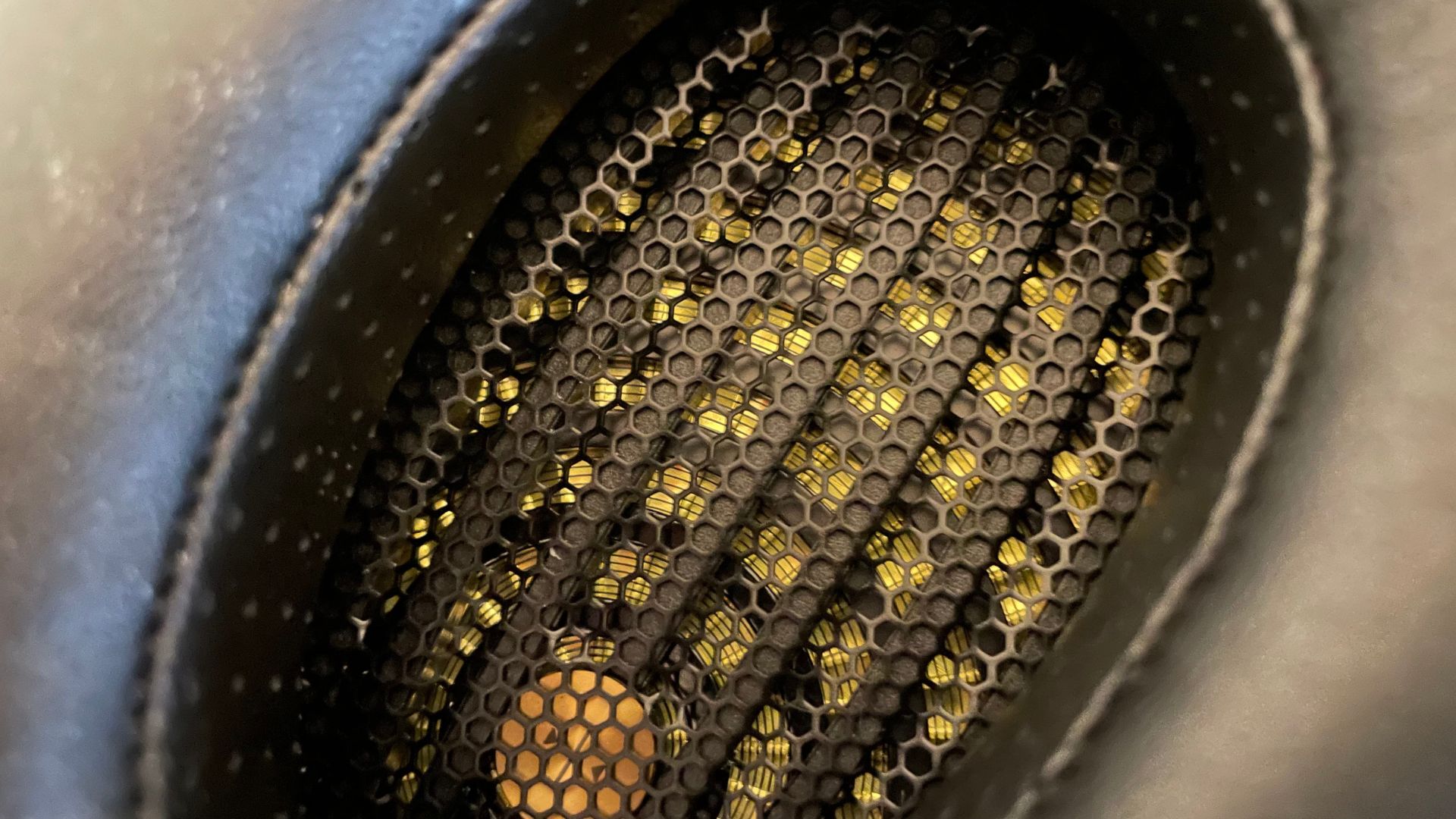
The highs are crisp, and the mids are present and beefy.
The most important part of the sound to me is the dynamics (or the difference between the loud and the quiet parts of a track) with these headphones. It makes the music feel alive like you’re involved and a part of the experience. One of the best examples of this is in Jeff Wayne's Musical Version of the War of the Worlds. In the first track, The Eve of the War, the quiet parts are faint and unnerving, and the loud parts are exactly what they should be — jarring and unsettling. The synth strings sing through the run time, while Richard Burton's narration is every bit as threatening as the music demands. The highs are crisp, and the mids are present and beefy.
The AirPod Max on the other hand are a more compressed affair, with less definition between the loudest and the quietest parts of the track. The soundstage becomes much narrower due to the closed nature of the earcups, and while detailed, they can’t stand up to the crispness of the Empyreans.
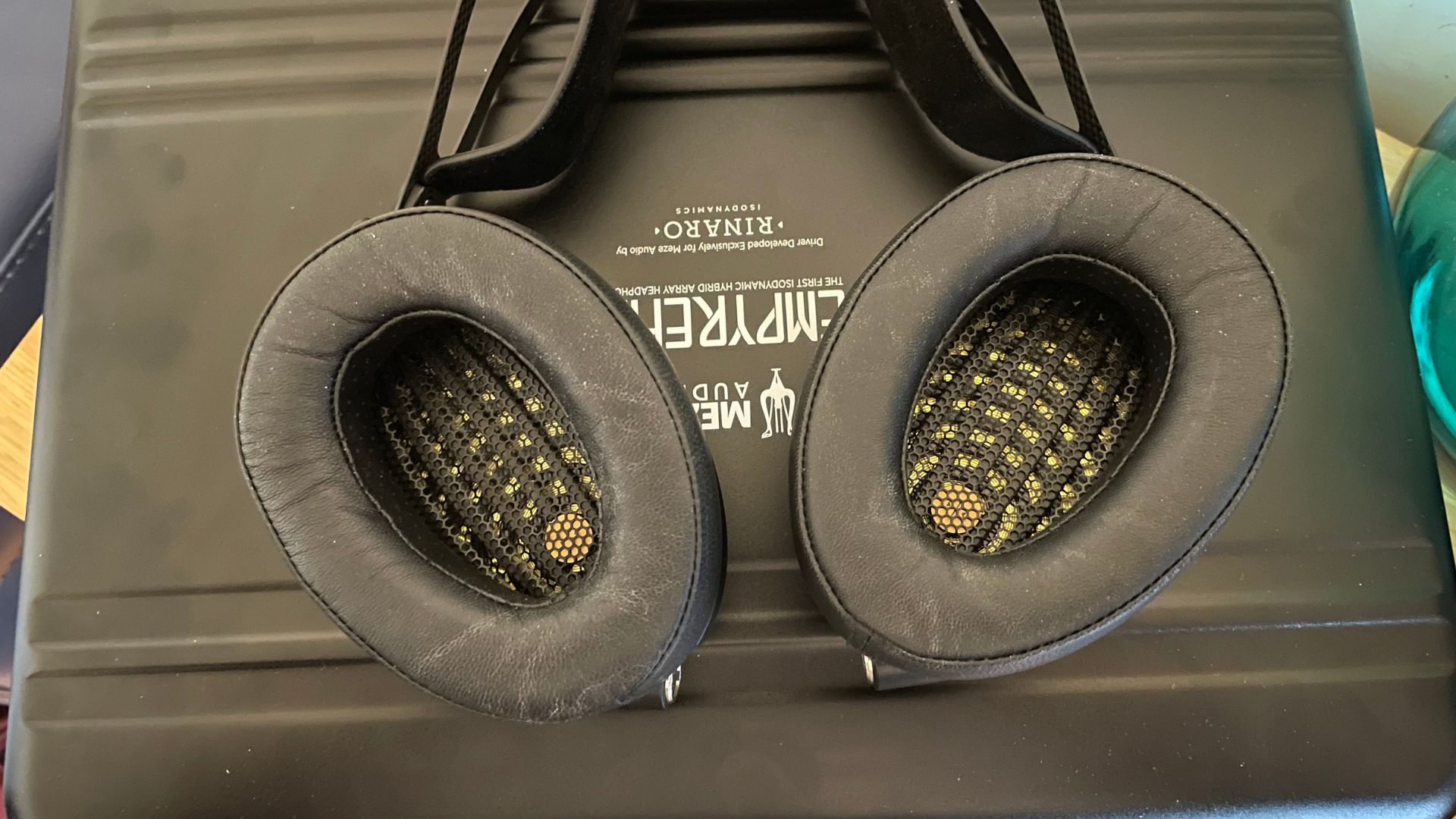
The Dynamics truly come alive in Chelsea Wolfe and Converge’s joint effort in Blood Moon. The beginning of the track is calm and weaves its way around with anguished growls and Chelsea’s enchanting melodies that slither from earcup to earcup. There’s unrivaled depth, with each instrument in the layered soundscape picked out in incredible detail. And then, in one cacophonous crash, the breakdown smashes through with a battering ram of sound — and the Meze’s handle it like nothing I’ve ever experienced. One of the most layered walls of noise, but each and every element remaining nuanced and present.
They get into something of a stride with the soundstage, placing you into the perfect place in the mix to feel like the music is all around you.
This track still has plenty of punch in the AirPods Max, albeit a little dulled by the lack of soundstage. They’re restrictive, and a little subdued. The difference between the two here is harder to detect, but when you notice, you notice.
Want to know how much bass these can pump out? BlackPink’s Boombayah will show you exactly what they’re capable of. The massive bass line pulses, the lowest notes reverberating in your chest. It’s positively bonkers — but unlike some headphones, it doesn’t detract from the rest of the track. The vocals cruise over the top of the rest of the mix, still picked out in detail. For such a compressed track the music comes across more spaciously as well — although the single volume level does still make things a little one-note. Not even the most expensive headphones can fix that.
The AirPods Max simply aren’t capable of going quite as low as the Empyreans. They’re impressive, and they are bassy, but it’s not as controlled and there’s not as much sub-bass to proceedings. This bubblegum pop song sounds great and is perhaps the best these headphones sounded throughout the comparison, but it’s just still not close.
Want to know how much bass these can pump out? BlackPink’s Boombayah will show you exactly what they’re capable of.
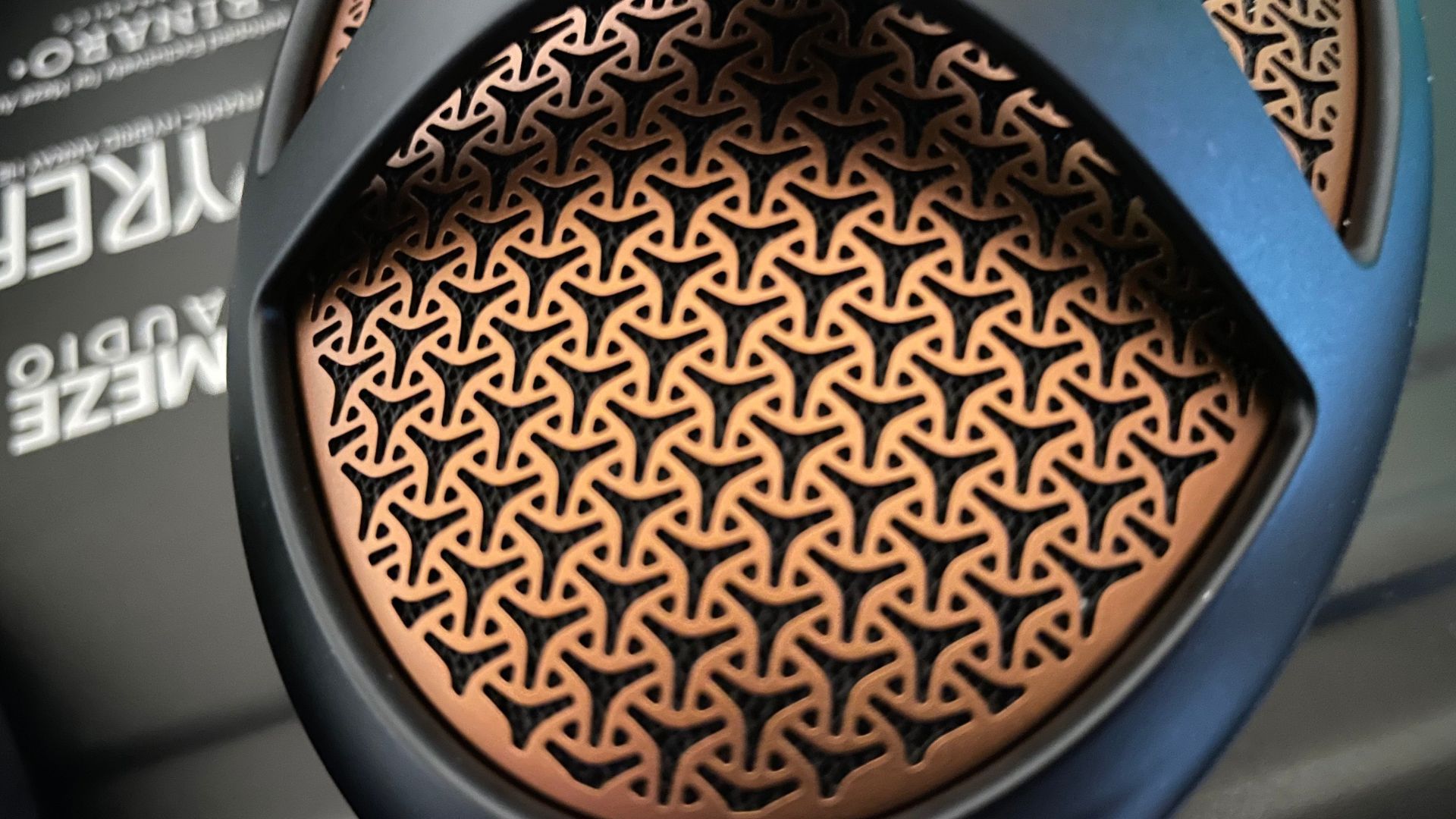
The ultimate question: Where’s that $2450 gone
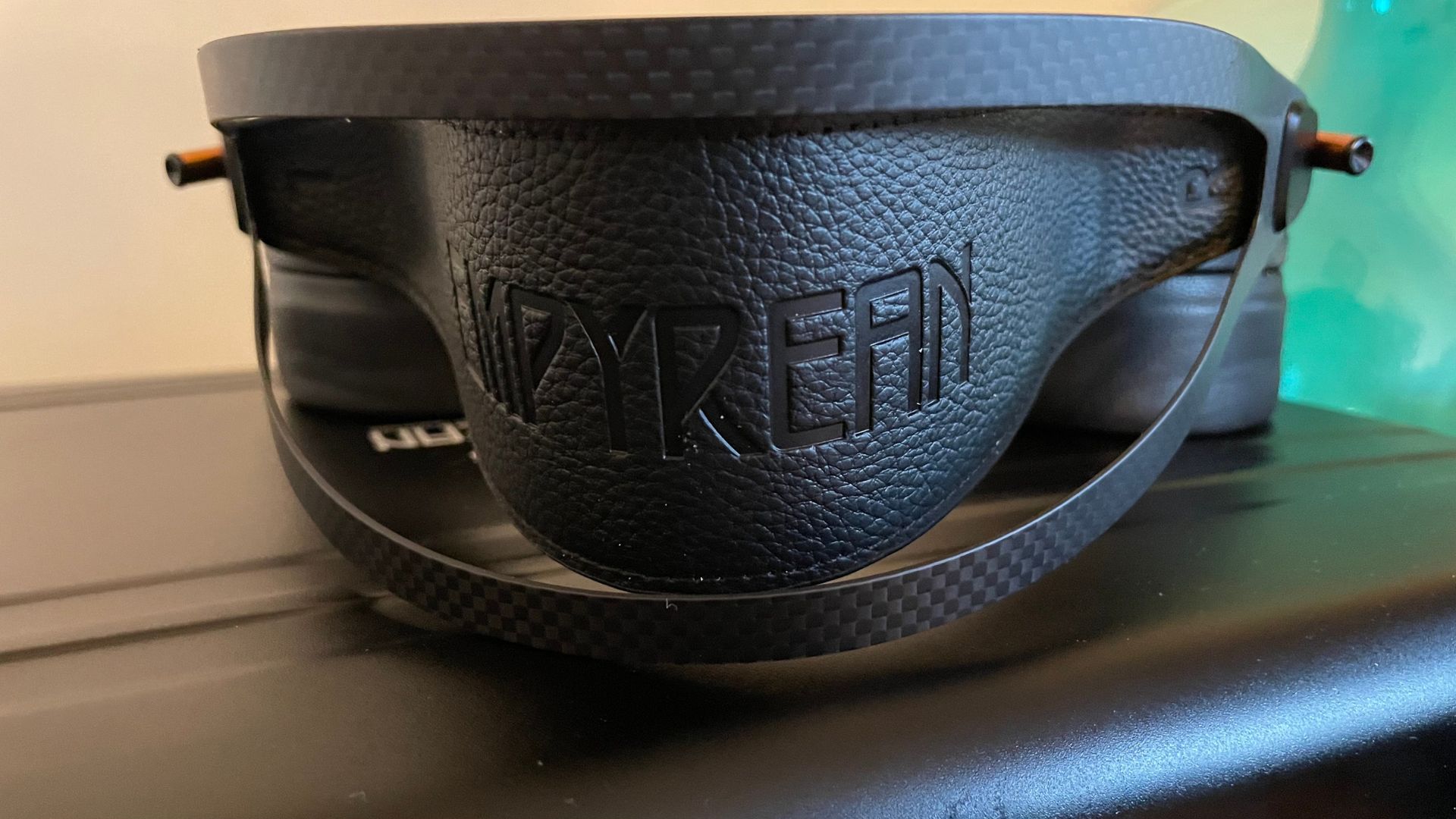
I am devastated that I have to send these back to Meze — I’ll likely never experience audio like this again. I might get close, but I’ll never have a soundstage like this, bass as smooth and controlled, or build quality this stunning. Again, it’s like an expensive sports car. These are something I’m unlikely to be able to afford, but given the chance to try them out, I’ll always say yes.
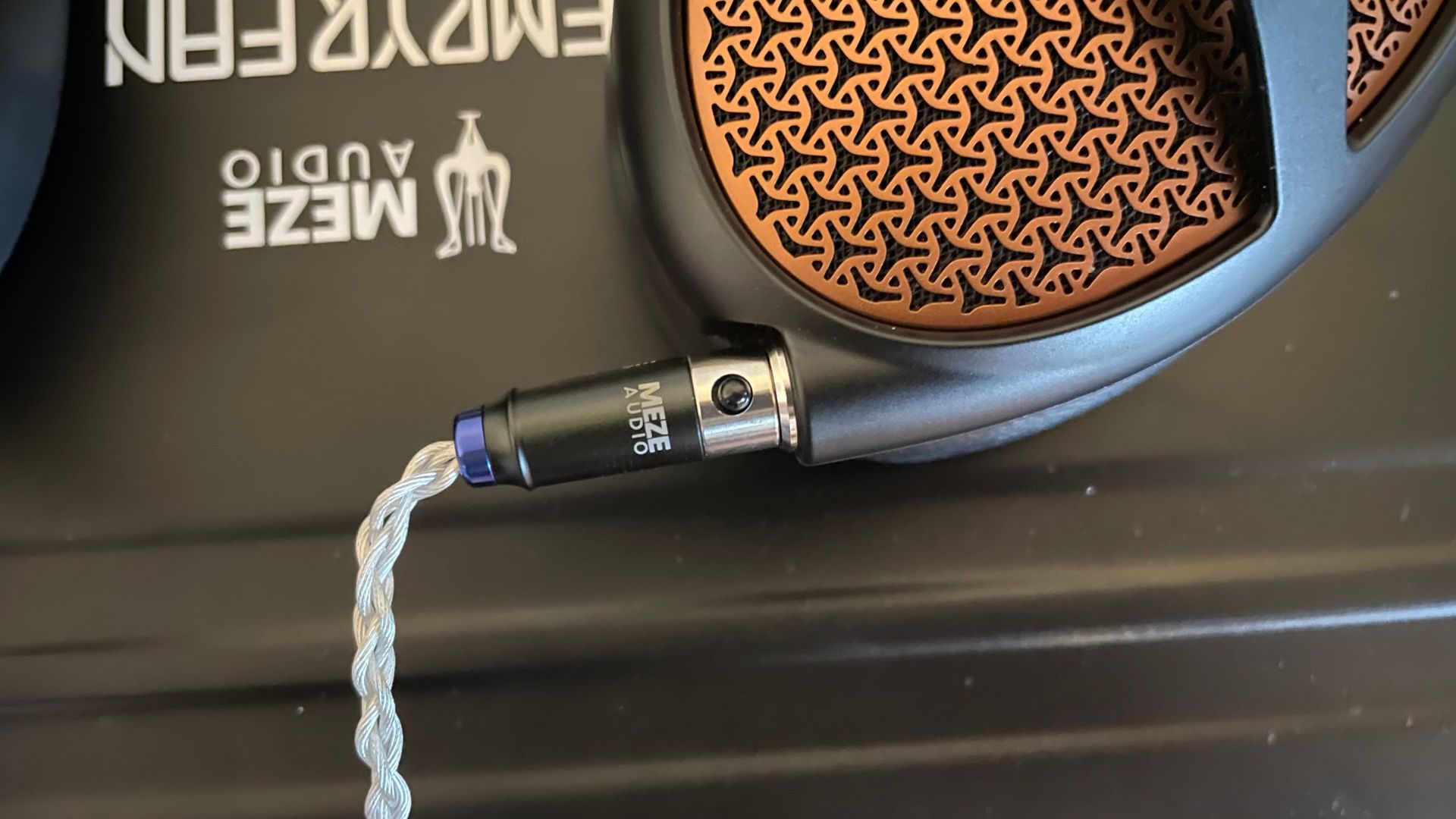
Sure, there are options that have a similar feature set for less money. I can get great bass extension with a pair of less expensive, and incredible-sounding audiophile headphones for far less. But these bring the whole package — incredible build quality, maddeningly impressive sound, mind-blowing soundstage, and phenomenal dynamics. I love these headphones — but I don’t think I’d ever buy them. They also cost (and in my opinion are worth) far more than the AirPods Max, but that’s another pair of headphones I’d never actually spend the money on, either.
See, the AirPods Max aren’t worth the money. Compared to the competition, they simply don’t match up. The Equivalent Sony’s, the WH-1000XM5 sound just as good, but have better noise canceling and are cheaper. The Sennheiser Momentum 4 sound excellent, they’re more comfortable and they’re cheaper. The AirPods Max then are after a different market – the same kind of market as the likes of the iPhone and the MacBook Pro.
But even then, Apple has missed the mark.
But even then, Apple has missed the mark. The iPhone and the MacBook Pro are the last word in luxury when it comes to a laptop or a smartphone. The AirPods want to be the same, but there are more established options that offer better in almost every way. Conquering the audio landscape for the general user is easy, and that’s what AirPods Max represent: they are ‘luxury for the lay person’. The Empyreans, however, go one step further and prove that Apple is not the last word in premium audio products.
Music can sound good without spending $3,000 on headphones. Spend $500 on the Chord Mojo 2 and get some Sennheisers HD600s and you’ve got the spectacular sound for less than $1,000, for example. Spend even less than that on some decent open-back headphones and play them through your MacBook, and you’ll have a lovely time, too. You won’t wonder if there’s anything more, and you’ll be more unlikely to want to spend more money.

Spending time with the Empyreans has completely changed my outlook on music and how it can sound. I’ve always wondered if there was more, and the Empyreans have shown me just how far you can go. The trouble is that now I know where audio can go — and I’m left wondering how much further than that it can go, too. There are headphones that cost twice, nay triple the price of these, and amps and DACs that can cost even more. Now that I’ve heard sound this good, I want to know how good sound can be. How far can it go?
So no, I don’t think anyone should actually buy these incredible headphones beyond the extravagantly rich — just like no one should buy a Ferrari or a Lamborghini without a seven-digit bank balance. These headphones are a piece of art to look at and experience, and you’ll have the time of your life trying them out. And when you’re all done, nothing else will come close. And, like me, you’ll be left wanting even more. I’m praying they haven’t ruined my experience with the sound equipment I have now.
I’ll miss them. I just hope my ears will recover from the memories.

As iMore's Senior Staff writer, Tammy uses her background in audio and Masters in screenwriting to pen engaging product reviews and informative buying guides. The resident audiophile (or audio weirdo), she's got an eye for detail and a love of top-quality sound. Apple is her bread and butter, with attention on HomeKit and Apple iPhone and Mac hardware. You won't find her far away from a keyboard even outside of working at iMore – in her spare time, she spends her free time writing feature-length and TV screenplays. Also known to enjoy driving digital cars around virtual circuits, to varying degrees of success. Just don't ask her about AirPods Max - you probably won't like her answer.
